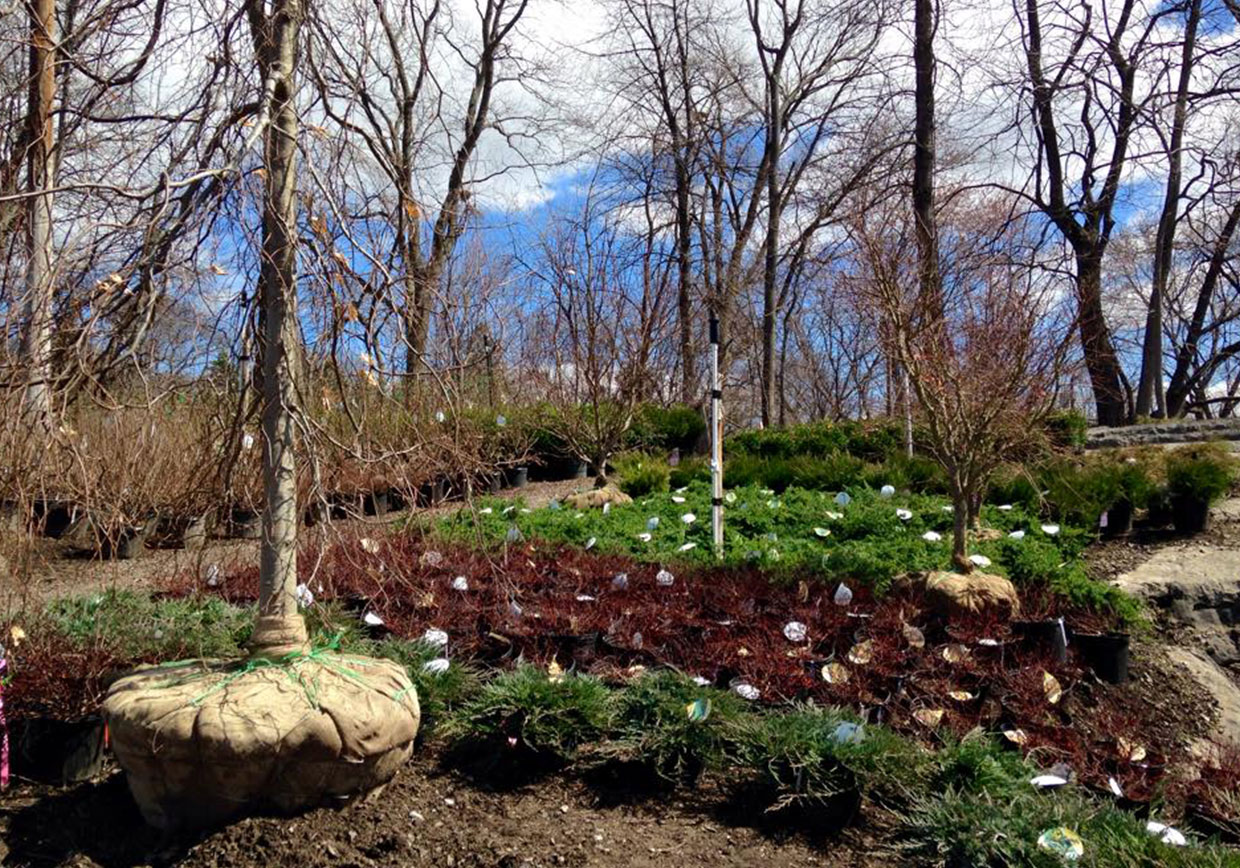Our Favorite Plantings for Fall Beauty
Sweater season is almost here and there’s nothing better than being able to throw it over your head, grab a cup of hot apple cider and sit out on your porch to take in the beautiful colors of fall.
Most homeowners think about spring and summer as the seasons for yard beauty, but if you plant with fall in mind as well, you’ll be highly rewarded.
Here are some of our favorite fall trees and shrubs:
- Sugar Maples make a stunning addition to your yard, offering that bright red and orange of fall that we know and love.
- Ginkgo trees are elegant to behold. Their fan-shaped leaves turn a remarkable gold. And, unlike most other trees that lose their leaves slowly as the season progresses, Ginkgos will remain full and golden, losing their leaves all at once overnight.
- Oakleaf Hydrangea are a great choice for summer and fall. Named for its oak-shaped leaves, this hydrangea has cone shaped blooms. In fall, its leaves turn a gorgeous dark burgundy.
- Burning Bush is perfectly named for its dark green leaves that transition to bright fiery red in fall.
- Viburnum is a shrub that has fragrant white flowers in spring. In fall, their bright clusters of berries will not only bring color, but birds to your yard.
- Chokeberry shrubs produce small, glossy, red berries that will last way into winter. Although the berries are edible, they are quite tart and astringent. They are better used to make jam, syrup, and tea. And the birds love them too.
Having a yard full of blooms in summer is a wonderful thing. However, with a little planning, your yard can continue to provide you with joy all year round. Don’t be afraid to ask us for help. We’re happy to help you grow your year-round landscape.


 Wisteria and cherry trees are cherished for their beautiful and fragrant flowers. They represent love and romance in many cultures.
Wisteria and cherry trees are cherished for their beautiful and fragrant flowers. They represent love and romance in many cultures.

 #AugustineNursery
#AugustineNursery






 Stop in to check
Stop in to check

 Open 7 days a
Open 7 days a 




 $5 for
$5 for 




 Hope you’re
Hope you’re


 $5 Friday will feature a
$5 Friday will feature a